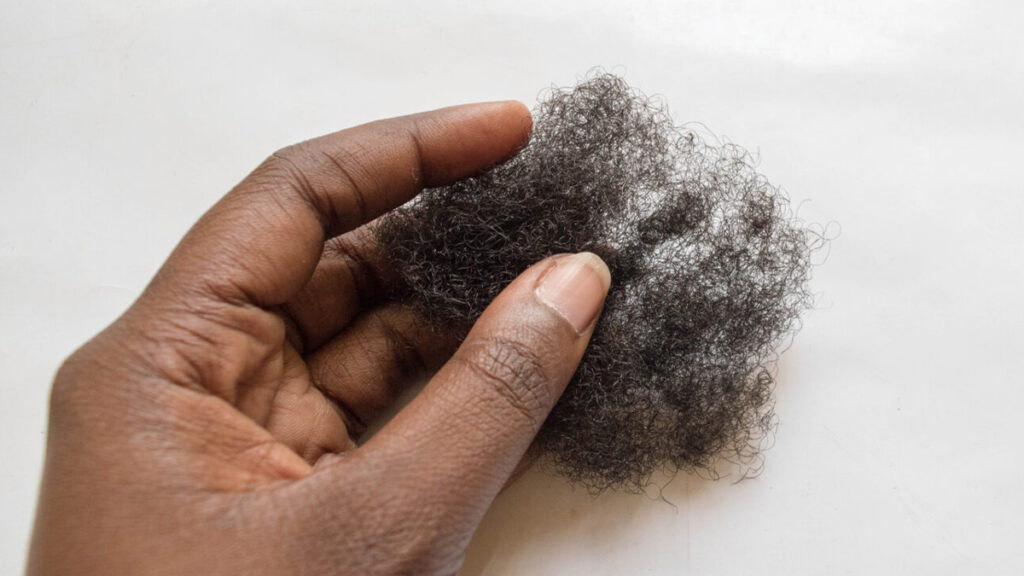[vc_row][vc_column][vc_column_text]Autoimmune disease is a disorder that occurs when your immune system accidentally targets your body. Normally, the immune system protects the body from viruses and bacteria, by sending out an army of fighter cells to attack these foreign invaders as soon as it detects them.
The immune system can typically distinguish between your cells and foreign cells. Still, sometimes the immune system misidentifies portions of your body, such as joints or skin, as alien when you have an autoimmune disease.
Autoantibodies, which are proteins released by the body, assault healthy cells.
Alopecia areata
Alopecia areata is an autoimmune disease that attacks the body’s hair follicles, causing hair loss. Alopecia can affect anyone, regardless of age, gender, or race.
Autoimmune disease hair loss has no cure but can be treated and managed. Here are a few ways how to manage and treat autoimmune hair loss;
Use of medications
The most popular method of treating alopecia areata is corticosteroids, potent anti-inflammatory medications that can weaken the immune system. These are typically given orally, topically with ointments, or locally via injections.
Minoxidil, Anthralin, SADBE, and DPCP are additional drugs that can be taken and can either stimulate hair growth or have an immune system-altering effect. While some of these may aid in hair regrowth, they cannot stop the development of new bald patches.
Those who lack the protective benefits of hair due to alopecia areata may want to;
When exposed to the sun, use sunscreen.
Wear wraparound sunglasses to shield your eyes from the sun and foreign objects that your eyelashes and eyebrows would typically shield you from.
Wear hats, wigs, and scarves to keep your head warm or shield it from the sun.
Apply ointment to the nose to maintain mucous membrane moisture and guard against microorganisms typically caught in the nostril hair.

